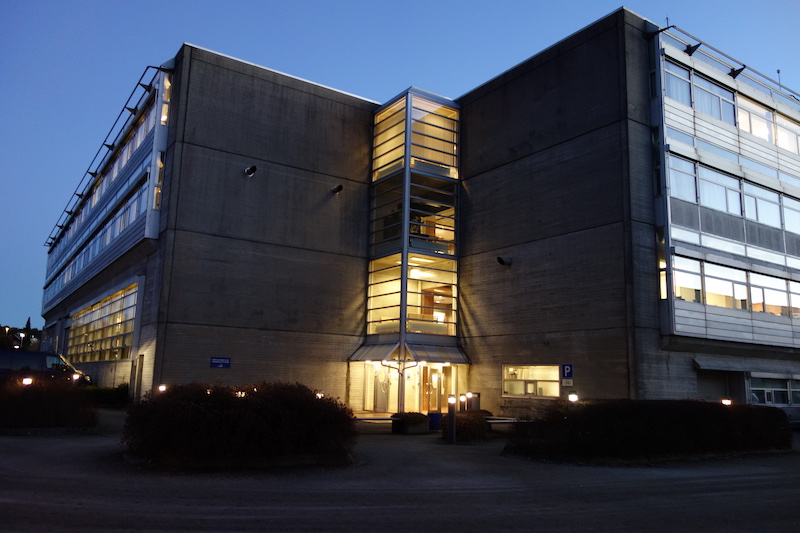Faggruppemøte for subatomær fysikk og astrofysikk
University of Stavanger
The main purpose of this topical section meeting is to bring together young researchers within the fields of subatomic-, medical- and astrophysics. Our goal is to provide a welcoming environment, where each participant can present their current work and get an update on what others within the community in Norway are working on.
All participants (master-students, PhD-students and Postdocs) are highly encouraged to give a presentation of 20-25 minutes about their work.
During the conference there will be a common lunch on Friday and Saturday, in addition we will have dinner together on the evenings of Thursday and Friday. This provides an excellent opportunity for networking with other students, researchers and scientific staff within the field. There is no conference fee.
We encourage you to register for the conference and submit a short abstract/summary of your presentation before the 30th of April 2021. Please remember to inform us about any food allergies or other special requirements at the time of registration.
The local organizers are looking forward to welcoming you all to Stavanger!
Alexander Rothkopf,
Anders Tranberg

Adam Takacs
Aleksi Kurkela
Alex Nielsen
Alexander Rothkopf
Amanda Lavinia Kjærnsmo
Anders Kvellestad
Ann-Cecilie Larsen
Are Raklev
David McNutt
Dieter Roehrich
DIVYARANI C G
Eirik Eik Svanes
Erlend Aakvaag
Francesco Pogliano
Gaurang Parkar
Georgios Filios
Germano Nardini
Hans Winther
Helena Kolesova
Håvard Helstrup
Ida Storehaug
Ingrid McKibben Lofnes
Ismael Ferrero
Jahed Abedi
Johannes Hamre Isaksen
Jonas El Gammal
Jonas Tjemsland
Karanvir Singh
Konrad Tywoniuk
Lasse Lorentz Braseth
Magdalena Eriksson
Paolo Marcoccia
Per Osland
Per-Dimitri Sønderland
Renate Mauland-Hus
Simon Huiberts
Stian Hartman
sunniva siem
Tomas Brauner
Torsten Bringmann
Vegard Undheim
YILUN DU